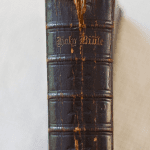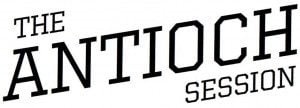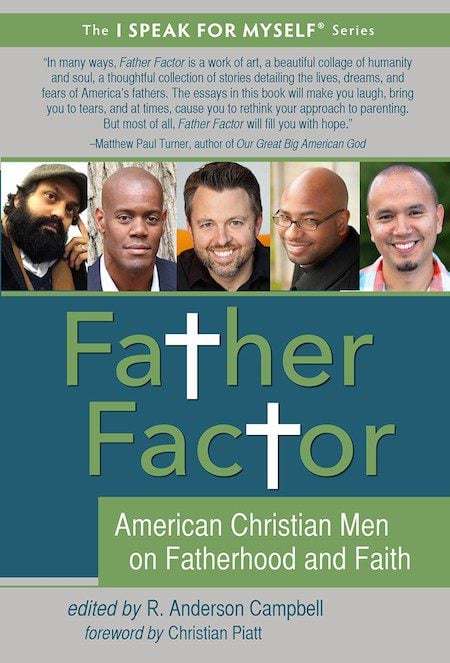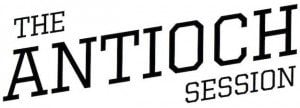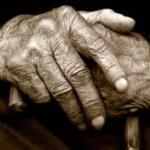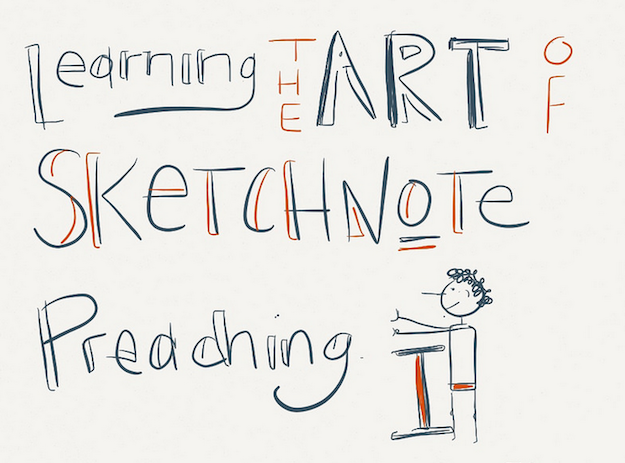
 Two years ago I spent the month of September writing the majority of my dissertation, “A Convergent Model of Hope: Remixing the Quaker Tradition in a Participatory Culture.” During the third of my four weeks off I hit a major wall. I had written three chapters and was at the point that I needed to bring together a variety of key ideas and thinkers and I just couldn’t figure out how they all wove together – not exactly where you want to be this late in the game but that is where I was with it. My advisor, Ryan Bolger (Fuller Seminary), told me I needed to take a day to pray and meditate. This was a time where I needed an “aha” moment and I couldn’t force that to happen. This was not the advice I wanted! I had a week and a half left of the mini-sabbatical the church gave me and I needed to keep working, but he was right, no matter how hard I tried I couldn’t make it happen. So I prayed and spent the day wandering around trying not to panic, writing in my journal key ideas, summarizing claims, and asking God for mercy. Late that afternoon, I found myself blankly staring out of the window at my favorite local coffee shop when it occurred to me that I should stop writing out my key arguments and instead I should draw them out. Growing up I was an avid drawer and I was pretty good too, but ever since I entered seminary my main creative outlet moved more towards writing. So I opened my notebook and I began to draw the images that were floating in my head. I drew people. I drew lines and arrows. I drew symbols to represent texts, record players, networks, remix, critical mass and all the parts of my dissertation. When it was done I had before me my very first – of many to come – illustration of the “convergent model” – which is basically a renewal model for faith communities that want to draw on their tradition within new cultures while being “participatory.” In a matter of about 10 minutes, I went from not being able to explain succinctly or clearly what my model was or how it worked, to not only being able to explain it but show it with some very basic illustrations. Here’s that original image.
Two years ago I spent the month of September writing the majority of my dissertation, “A Convergent Model of Hope: Remixing the Quaker Tradition in a Participatory Culture.” During the third of my four weeks off I hit a major wall. I had written three chapters and was at the point that I needed to bring together a variety of key ideas and thinkers and I just couldn’t figure out how they all wove together – not exactly where you want to be this late in the game but that is where I was with it. My advisor, Ryan Bolger (Fuller Seminary), told me I needed to take a day to pray and meditate. This was a time where I needed an “aha” moment and I couldn’t force that to happen. This was not the advice I wanted! I had a week and a half left of the mini-sabbatical the church gave me and I needed to keep working, but he was right, no matter how hard I tried I couldn’t make it happen. So I prayed and spent the day wandering around trying not to panic, writing in my journal key ideas, summarizing claims, and asking God for mercy. Late that afternoon, I found myself blankly staring out of the window at my favorite local coffee shop when it occurred to me that I should stop writing out my key arguments and instead I should draw them out. Growing up I was an avid drawer and I was pretty good too, but ever since I entered seminary my main creative outlet moved more towards writing. So I opened my notebook and I began to draw the images that were floating in my head. I drew people. I drew lines and arrows. I drew symbols to represent texts, record players, networks, remix, critical mass and all the parts of my dissertation. When it was done I had before me my very first – of many to come – illustration of the “convergent model” – which is basically a renewal model for faith communities that want to draw on their tradition within new cultures while being “participatory.” In a matter of about 10 minutes, I went from not being able to explain succinctly or clearly what my model was or how it worked, to not only being able to explain it but show it with some very basic illustrations. Here’s that original image. 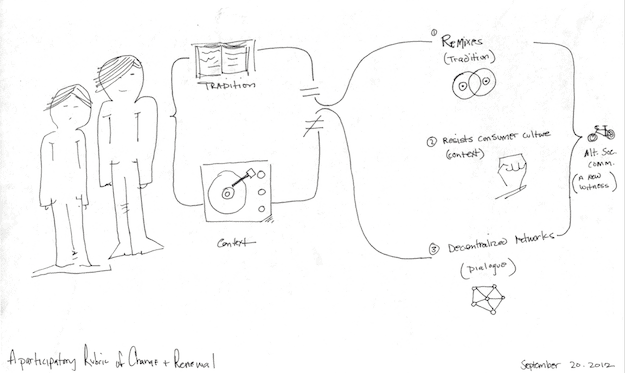 It’s rather simple and has become more complex overtime, but this was all I needed to get through my block.
It’s rather simple and has become more complex overtime, but this was all I needed to get through my block.
Incorporating Sketchnoting into Writing
In all of this, I learned a couple of things about myself in this process. One is that when I get stuck in a writing project it may be helpful to change tactics, take a break, spend time in prayer, and open myself up to the possibility that I may need to wait for the next step. The second is that I am a visual thinker and drawing helps me think. I love taking notes by hand and since this ‘aha’ moment with my dissertation I have begun to incorporate more drawing into my writing. In fact, after all of this I learned about the art of sketchnotes (or sketchnoting), which has been developed by artists like Mike Rohde, Eva Lotta, Doug Neill, Sunni Brown and others. Sketchnotes are a way of “visual notetaking” and they can be really simple, as my drawing above demonstrates. The point is to use more images in your thinking process. Craighton Berman at Core77 explains it this way:
…Visual notes that are drawn in real time. Through the use of images, text, and diagrams, these notes take advantage of the “visual thinker” mind’s penchant for make sense of—and understanding—information with pictures.
And Mike Rohde says on Sketchnote Army:
In short, it is purposeful doodling while listening to something interesting. Sketchnotes don’t require high drawing skills, but do require a skill to synthesize and summarize.
This process of learning to incorporate visual note-taking and sketches into my workflow has helped me immensely in my writing and preaching. For more than a year I have been sketchnoting almost all of my sermons, which has not only helped me immensely but energized my preaching. Here is an abbreviated version of my workflow and how I have woven sketchnoting into the process:
- Select reading to preach from (typically drawn from Revised Common Lectionary)
- Begin reading the passage over and over in the form of lectio divina. Highlight key words and images that strike me. Listen for the Spirit behind the text.
- Study and take notes on blank sheets of paper. Any key images or main ideas get drawn up as “sketchnotes.” Spend more time listening to what is emerging.
- Once I have a good idea of the direction of the message draw up a sketchnote of the sermon that shows how it will flow and contains major images, quotes, and ideas.
- Write sermon once, twice, three times. However many it takes for the right things to become clear.
Here are a few examples of some of my sketchnotes from previous sermons. 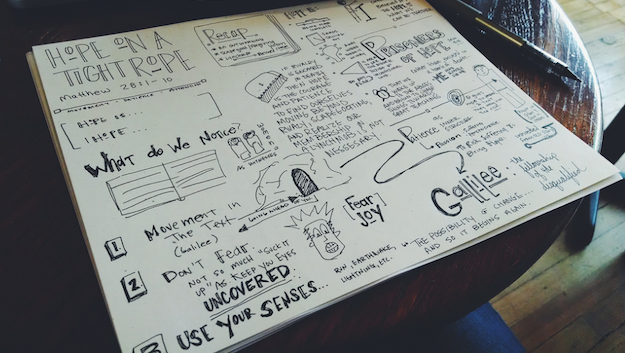 From my Easter sermon called “Hope on a Tightrope” – Yes, I borrowed this from Cornell West’s book with the same title.
From my Easter sermon called “Hope on a Tightrope” – Yes, I borrowed this from Cornell West’s book with the same title. 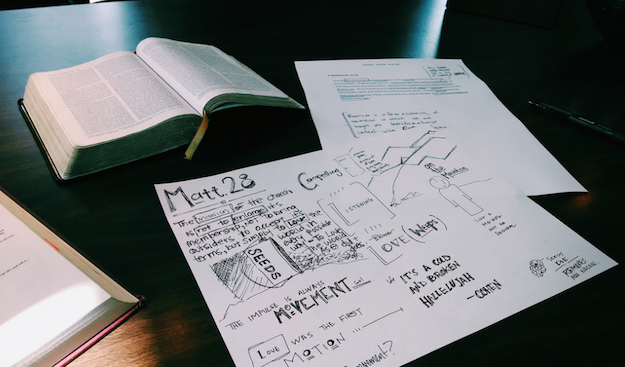 From “Like Seeds Being Poured Out.” This is an example of notes from my sermon study on Matthew 28 that became more organized here.
From “Like Seeds Being Poured Out.” This is an example of notes from my sermon study on Matthew 28 that became more organized here. 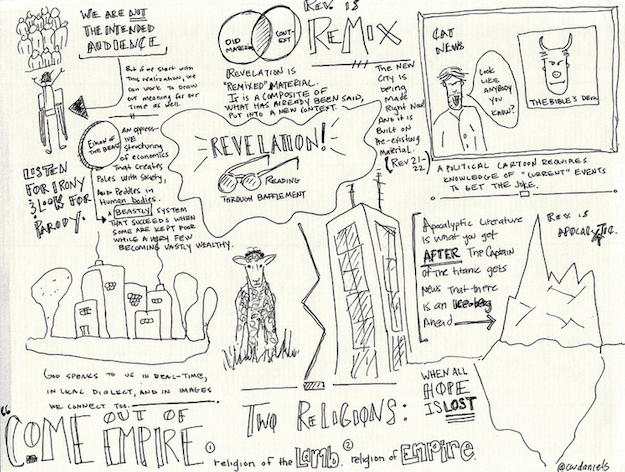 A combination of images that all represented an 8 week study from the Book of Revelation.
A combination of images that all represented an 8 week study from the Book of Revelation.
Getting Started
If you want to get started doing your own, I would encourage you to do some google research around “sketchnotes.” If you have the money, get a copy of Mike Rohde’s wonderful book “The Sketchnote Handbook,” which is the perfect primer. I have found it helpful to look on flickr and pinterest for other’s sketchnotes to get ideas about how to draw things very simply. The goal isn’t masterful drawings, remember this is “visual note-taking.” And all you really need is a piece of paper, a pen, and a little patience. I like to use:
- Uni-ball Vision Elite
- Blank white printer paper
- Baron Fig Notebook
- Fine point Sharpies
- And for the iPad Paper from 53 is great for sketchnoting.
In closing I want to say just a couple of benefits I have found in learning the art of sketchnote preaching:
- My study is more focused than it used to be. Drawing takes concentration. Thinking of images to represent big concepts forces me to slow down and pay closer attention to what is being communicated and how to communicate it.
- My preaching has become more image heavy, and less abstract because of my sketchnoting.
- I remember the content and direction of my sermons way better. The sermons I sketch up in advance are almost always locked in my memory in a way that the others aren’t.
- I like getting my right brain more involved in what I’m doing and I personally feel more fully engaged in the whole process.
- It is fun to share the sketchnotes with others and post them on my blog when I post my sermons.
- Sometimes I use my sketchnotes in my sermons and on slides to communicate something. It adds a nice “analog” touch as well as helps to communicate difficult ideas in simple ways.
This may not be for you, but my guess is there are a lot of very creative writers and preachers out there who would find a fresh flow of creativity by incorporating drawings into their work flow.

